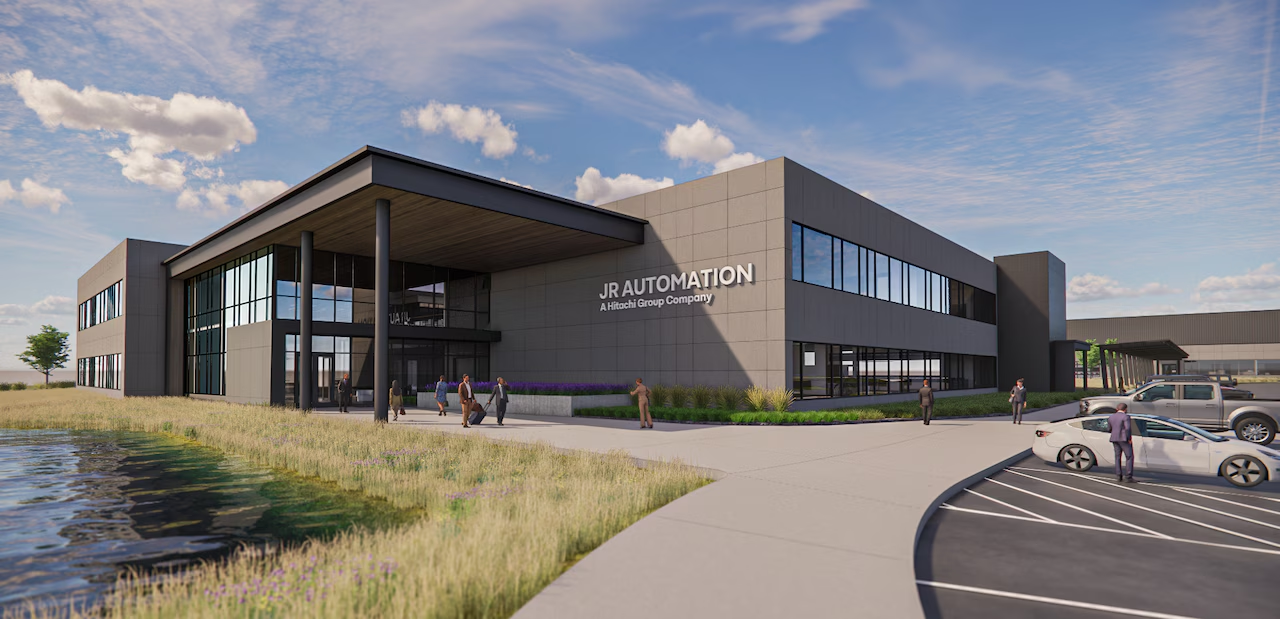DETROIT – According to data from the Bureau of Labor Statistics and Oxford University, 42 percent of U.S. workers are at high risk of losing their jobs to automation.
Why? Machines do not call out sick or spread disease and can replace workers to aid in social distancing. While some jobs and tasks, especially those that require creativity and interpersonal skills, are not conducive to automation, many others are.
Lower skilled jobs, especially those that involve repetition, are more likely to be automated. A Brookings study on automation’s impact on people finds that jobs in office administration, production, transportation, and food preparation are the most at risk of automation.
These jobs are more conducive to automation because they involve either routine, physical labor, or information collection and processing activities. Often these types of jobs are lower-paying, but some jobs at low risk of automation include low-paying personal care and domestic service work.
Data from the Bureau of Labor Statistics combined with automation risk data from a University of Oxford study shows a correlation between risk of automation and annual median wages. Gambling Dealers, who have a probability of automation of 96 percent, earn a median annual wage of less than $24,000. On the opposite end of the spectrum, Chief Executives have just a 1.5 percent risk of automation and earn a median annual wage of $186,000. Most occupations fall somewhere between these extremes.
 |
While automation will happen everywhere, its impacts will be felt more heavily in some parts of the country than others due to local industry makeup and worker skill set. The Brookings automation study finds that rural communities tend to have a much larger share of tasks that are susceptible to automation than do more populated areas. At the state level, Nevada and South Dakota have the highest share of workers at high risk of automation—defined here as occupations with automation risks of 0.7 or higher—at 48.4 percent and 46.9 percent, respectively. Nevada is one of just two states where casino-style gambling is legal state-wide, and gambling dealers are at very high risk of automation.
 |
To determine the U.S. states with the most workers at risk of automation, researchers at Commodity.com analyzed the latest data from the U.S. Bureau of Labor Statistics and the University of Oxford. The researchers ranked states according to the share of workers at high risk of automation, the total number of workers at high risk of automation, the share of workers at medium risk of automation, and the share of workers at low risk of automation.
The analysis found that 42 percent of Michigan workers are at high risk of becoming automated. An additional 21.2% are at medium risk, while 36.8 percent are deemed low risk. Here is a summary of the data for Michigan:
- Share of workers at high risk of automation: 42 percent
- Total workers at high risk of automation: 1,133,470
- Share of workers at medium risk of automation: 21.2 percent
- Share of workers at low risk of automation: 36.8 percent
For reference, here are the statistics for the entire United States:
- Share of workers at high risk of automation: 41.9 percent
- Total workers at high risk of automation: 40,440,800
- Share of workers at medium risk of automation: 21.2 percent
- Share of workers at low risk of automation: 37 percent
For more information, a detailed methodology, and complete results, you can find the original report on Commodity.com’s website: https://commodity.com/blog/risk-of-automation/







I understand that you feel the need to replace humans. This is going to create alot more homeless people and and if you can get a job. This is sad and I pray for all the people that have to go through losing your jobs and may the Lord bless you and give you everything you need.